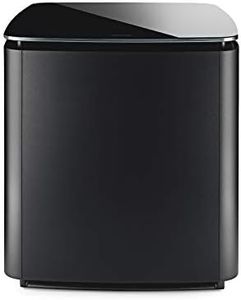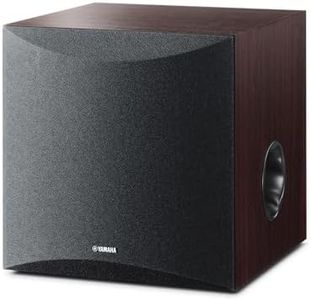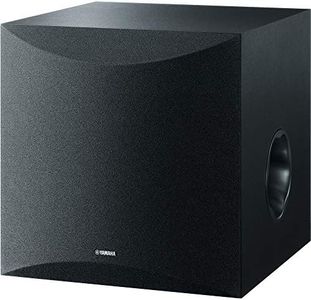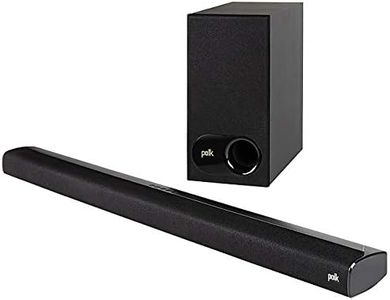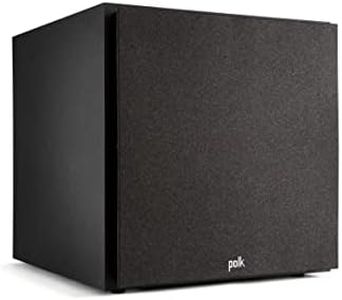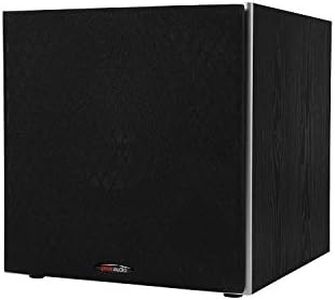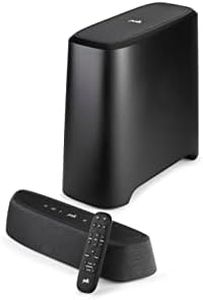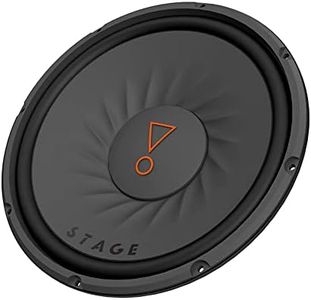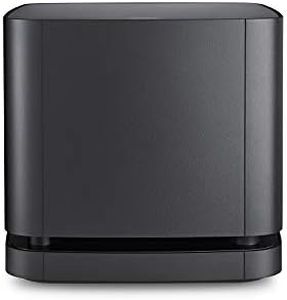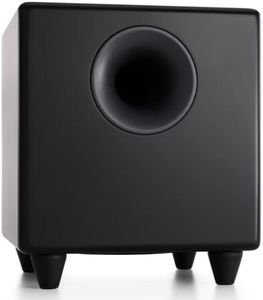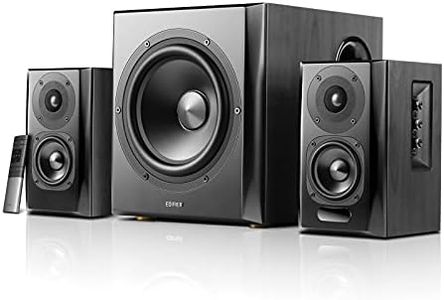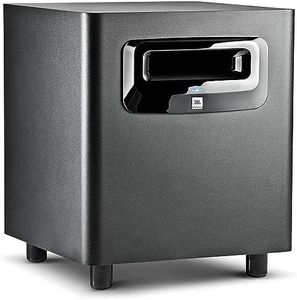We Use CookiesWe use cookies to enhance the security, performance,
functionality and for analytical and promotional activities. By continuing to browse this site you
are agreeing to our privacy policy
10 Best Home Subwoofers
From leading brands and best sellers available on the web.Buying Guide for the Best Home Subwoofers
Choosing the right home subwoofer makes a big difference in your audio experience, whether you care about movie night, gaming, or listening to music. A good subwoofer adds depth and impact to your sound system by reproducing low-frequency sounds that regular speakers often miss. When shopping, it's important to think about room size, the type of content you'll listen to, and how deeply you want to feel those bass notes. Understanding key specs will help you find a subwoofer that matches both your space and your listening preferences.Driver Size (Woofer Diameter)The driver size refers to the diameter of the speaker cone inside the subwoofer, usually measured in inches. This is important because larger drivers typically move more air and can produce deeper, more powerful bass. Drivers typically range from about 8 to 15 inches for home use. Smaller drivers (8–10 inches) are quick and punchy, suited for small rooms or those who prefer tight, controlled bass. Medium drivers (10–12 inches) balance compactness and depth, working for most medium-sized spaces and a variety of listening tastes. Larger drivers (12 inches and up) deliver very deep bass and are best for big rooms or home theaters where you really want to feel action scenes or music drops. Choose based on your room size and how much you value that 'movie theater rumble.'
Power Output (Wattage)Power output tells you how much electrical energy the subwoofer can handle and turn into sound, measured in watts (W). This matters because higher wattage means the subwoofer can play louder and handle more demanding bass notes without distortion. Most home subwoofers range from about 50 to 500 watts or more. Lower wattage (under 100W) suits smaller rooms and quieter listening, offering just enough bass support. Mid-range power (100–300W) provides fullness for average living rooms and general use. High wattage (above 300W) lets you get room-shaking effects and is ideal for large spaces or cinephiles. Think about how loud you like it, the size of your room, and whether you'll use the subwoofer mostly for movies, music, or gaming.
Frequency ResponseFrequency response refers to the range of bass notes the subwoofer can reproduce, typically shown in hertz (Hz). The first number is the lowest note it can play, and the second is the highest. Lower numbers mean deeper bass. Common ranges are 20Hz–150Hz or 30Hz–200Hz. Subwoofers that reach down to 20Hz reproduce virtually all deep bass heard in movies and music, while those that start at 30Hz are still impressively deep for most music and typical living rooms. If you’re a serious movie or electronic music fan, a subwoofer that handles the lowest frequencies can give you that cinematic or club feel. For more balanced listening, a slightly higher range may suffice and might be easier to blend with your other speakers.
Enclosure Type (Sealed vs Ported)The enclosure type describes the design of the subwoofer’s cabinet, and it has a big effect on the sound. Sealed (acoustic suspension) enclosures are airtight and deliver tight, accurate, and punchy bass, often preferred for music or where space is limited. Ported (bass reflex) enclosures have openings that enhance bass output, making them louder and deeper, which works great for action movies or large rooms. If you value precision and fast bass response, look at sealed enclosures. If you want maximum impact and rumble, especially at lower volumes, a ported subwoofer might be your best bet.
Connectivity OptionsConnectivity refers to how the subwoofer connects to your system. Most home subwoofers use wired connections, such as a dedicated subwoofer (LFE) input or speaker-level inputs, which ensure reliable sound quality. Some newer models also offer wireless connections, which allow more flexible placement without running cables but may introduce some latency or require a compatible transmitter. Pick the option that matches your setup—if your receiver or soundbar has a subwoofer output, wired is typically easiest and most reliable. Wireless can be convenient for difficult room layouts or where you want a cleaner look without visible wires.
